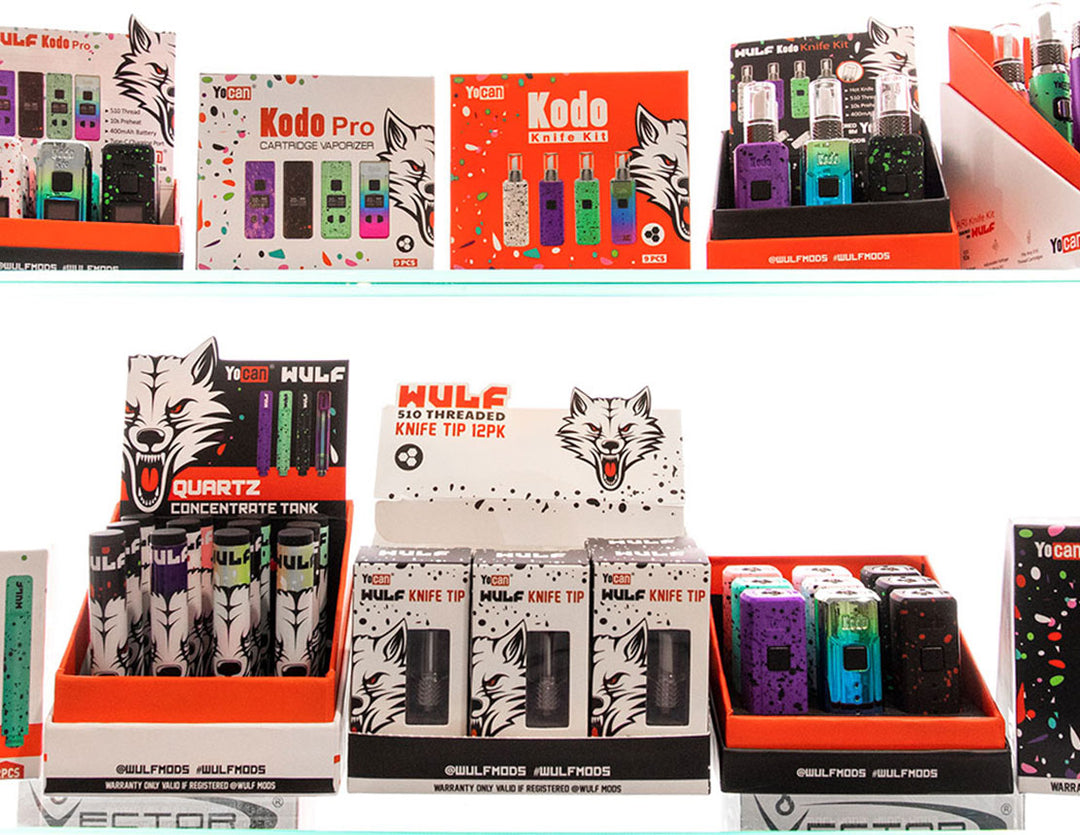Financial Management Tips for Smoke Shop Owners

Running a smoke shop is not only about offering quality products but also about managing your finances wisely. Effective financial management ensures your business's long-term success and sustainability. As a smoke shop owner, you're not only selling items—you're creating special moments for customers and building relationships. In this developing industry, smart money management is really important as this helps your shop to do well and grow in the future.
From learning how to budget to understanding expense tracking and pricing strategies, know the practical financial management tips tailored to your smoke shop’s accomplishment.
How to Budget Correctly
Creating a well-structured budget is one of the first steps in effective financial management. A budget is a roadmap for your business finances, helping you allocate resources skillfully and make informed decisions. Here's how to create and manage a budget for your smoke shop:
- Assess Your Income and Expenses: Start by documenting all your sources of income and categorizing your expenses, including rent, utilities, inventory costs, employee wages, and marketing expenses.
- Set Financial Goals: Define your smoke shop's short-term and long-term financial goals. These could include revenue targets, profit margins, and expansion plans.
- Allocate Resources: Distribute funds to different expense categories based on their priority and importance. Ensure you have a juncture fund for unexpected expenses.
- Regularly Review and Adjust: Review your budget to track your expenses against your projected budget. Adjust your budget to stay on track and meet your financial goals.
What is Cash Flow Management:
Cash flow management involves maintaining a healthy balance between the money coming into your smoke shop and going out. Proper cash flow management ensures you have enough funds to cover expenses and invest in growth opportunities. Consider these tips for effective cash flow management:
- Predict Cash Flow: Estimate your expected cash inflows and outflows for a specific period, usually a month or quarter prior. This helps you anticipate potential cash shortages and prepare to plan accordingly.
- Manage Receivables and Payables: Encourage timely customer payments and negotiate favorable credit terms with suppliers to improve your cash flow cycle.
- Minimize Inventory Costs: Optimize inventory management to reduce carrying costs and avoid tying up excessive funds in unsold products.
- Emergency Fund: Maintain a reserve fund to cover unexpected expenses or temporary revenue fluctuations. Having a financial safety net is essential for maintaining stability.
How to Track Your Expenses:
Accurate expense tracking is fundamental for understanding your smoke shop's financial health and making informed decisions. By closely monitoring your expenses, you can identify areas where you can cut costs, increase efficiency, and allocate resources more effectively:
- Use Accounting Software: Invest in reliable accounting software to keep track of income, expenses, and financial transactions. These tools provide real-time insights into your financial situation.
- Categorize Expenses: Sort your expenses into different groups like fixed costs, such as rent and utilities. This helps you see where you're spending extra money that you can change if needed.
- Look Over Your Statements: Review your financial statements, such as profit and loss statements and balance sheets. This helps you identify trends, spot irregularities, and make data-driven decisions.
- Analyze Expense Patterns: Analyze your expense patterns over time. Identify areas where you can reduce costs, negotiate better deals with suppliers, or eliminate unnecessary expenses.
Understand Pricing Strategies:
Pricing is a critical aspect of financial management that directly impacts your smoke shop's revenue and profitability. Implementing effective pricing strategies can help you achieve optimal sales while maintaining healthy profit margins:
- Understand Cost Structure: Calculate the total cost of each product, including direct costs (inventory, packaging) and indirect costs (rent, utilities). This forms the foundation for setting competitive yet profitable prices.
- Competitor Analysis: Research your competitors' pricing strategies to determine where your products stand in the market. This information can guide your pricing decisions.
- Value-Based Pricing: Consider the perceived value of your products to customers. Price your products based on their benefits and the unique value your smoke shop provides.
- Bundle and Upsell: Offer bundled packages or upsell complementary products to encourage customers to spend more. This can increase the average transaction value and boost overall revenue.
- Monitor and Adjust: Regularly assess the effectiveness of your pricing strategies. If necessary, adjust your prices based on changes in market conditions, customer preferences, and competitive pressures.
An Overview of Financial Saving
Financial management is the basis of smoke shop success. By implementing budgeting practices, mastering cash flow management, tracking expenses diligently, and optimizing pricing strategies, you can ensure the long-term financial health and sustainability of your smoke shop.
Remember, proactive financial management not only helps you with challenges but also positions your business for growth and prosperity in a competitive market. Embrace these practical tips, and empower your smoke shop to thrive and flourish in the years to come. For more information, check out our Smoke Shop Business Blog for more helpful ideas to make your business even better. You'll find important info, trends in the industry, and lots of useful stuff to help your shop grow and be successful.















Leave a comment